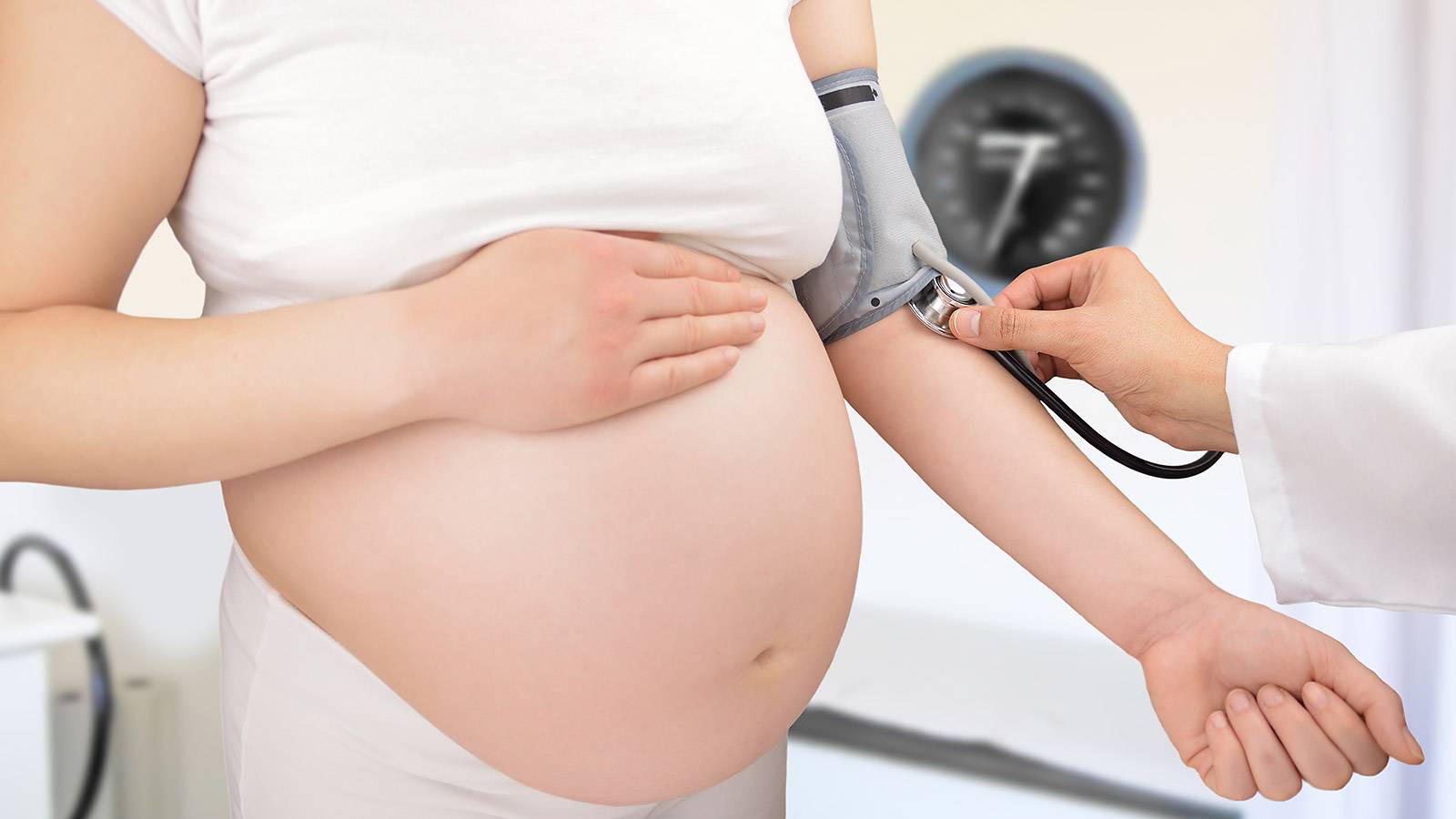Preeclampsia and HELLP syndrome can result in the premature delivery of your baby, but there are ways to detect this condition early.

Pregnancy is an exciting time, but it’s also the time to be extra vigilant about your health. Complications such as shortness of breath, dental issues and skin problems can all arise when you’re sporting a bump.
Another pregnancy related health condition to keep an eye out for is preeclampsia (PE) and HELLP syndrome. PE is associated with high blood pressure and large amounts of protein in your urine. It affects up to eight per cent of pregnant women in Singapore, usually after 20 weeks, and common signs include swollen hands and legs.
Once you’re diagnosed with PE there’s a chance of developing a condition called HELLP syndrome. HELLP stands for Hemolysis (the breakdown of red blood cells); Elevated Liver enzymes; and Low Platelet count (the blood cells that help with clotting). Those with PE will be regularly tested for HELLP as the condition can be even more harmful for you and your baby.
According to SmartParents expert and gynae Dr Christopher Chong, internationally, one to two pregnant women, out of 1000 pregnancies are diagnosed with the HELLP syndrome. Here, he tells us more about both conditions…
“A very important aspect of managing PE and HELLP is good antenatal care. First and foremost, high blood pressure must be discovered early and controlled early so that it will not progress to severe PE.”
Dr Chong, is it true that it can be hard to diagnose HELLP?
Yes, because the symptoms are very general. They include common gastric pain, nausea, and vomiting. These will then progress to headaches and blurry vision and finally fits. By the way, up to eight per cent of HELLP cases develop after delivery, usually within the first week.
Who is more at risk of developing PE or HELLP syndrome?
A small group is believed to have genetic links of getting HELLP syndrome. Others with higher risk include:
· Pregnant women who are older than 40 or younger than 20
· Women who are pregnant with multiples
· Women who’ve been suffering from hypertension even before pregnancy
· Those with a strong family history or past history of severe PE
Having said that, a very important aspect of managing PE and HELLP is good antenatal care. First and foremost, high blood pressure must be discovered early and controlled early so that it will not progress to severe PE.
How is PE and HELLP syndrome treated?
As the cause is the pregnancy, the treatment will be to deliver the baby. The challenge is when to deliver the baby because there needs to be a balance between the mummy and baby's health. Both may die if baby is not delivered on time. Then there’s the concern of prematurity and whether we can delay till the foetus or foetal organs are more mature.
We can stabilise the condition using intravenous magnesium sulphate and anti-hypertensives. And also by giving injections to quickly mature the foetal lungs if it’s premature. There also needs to be very close monitoring of the baby after delivery, especially in the initial days.
What are some things pregnant women can do to avoid getting PE and HELLP syndrome?
Most of the time, PE cannot be prevented as it is due to pregnancy. High blood pressure may be prevented by getting enough rest, reducing stress, reducing salt intake and cutting out alcohol and smoking. Exercise is useful too.
Photo: iStock
Like us on Facebook and check SmartParents regularly for the latest reads!
Check these stories out, too…
I’m pregnant and bleeding! Will I lose my baby?
“I had perinatal depression because of my birth control”
Why a rapid labour might not be a good thing
